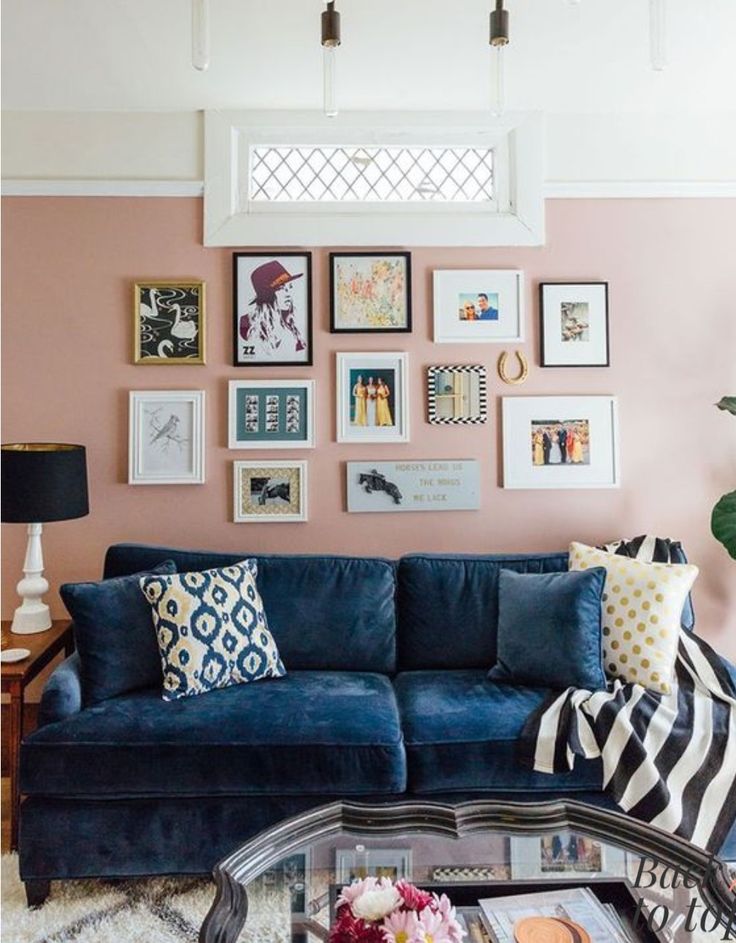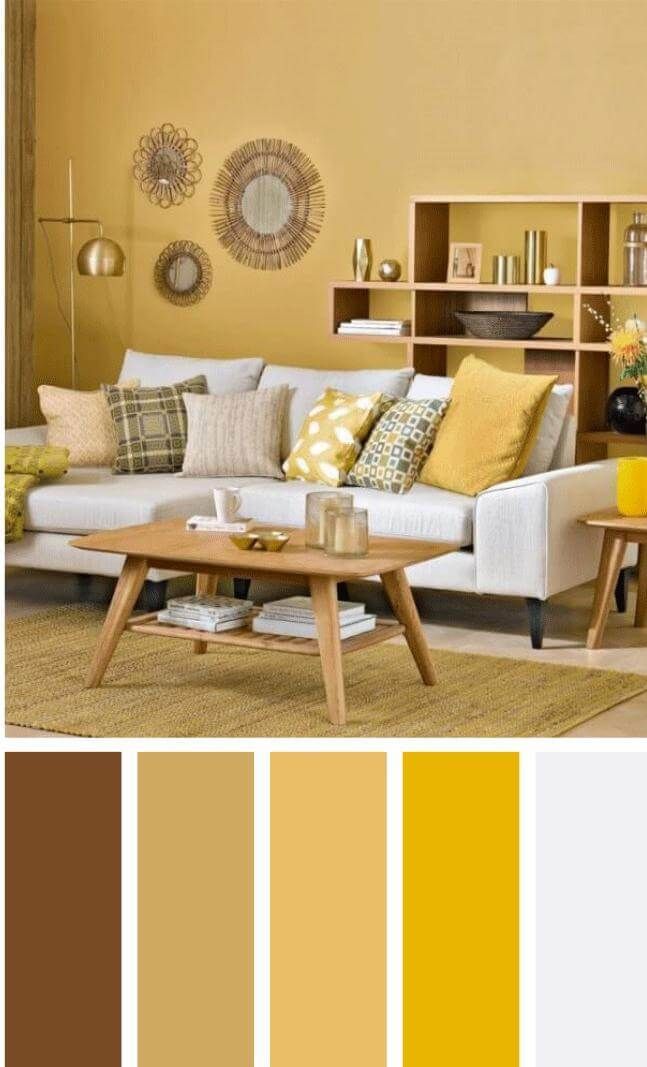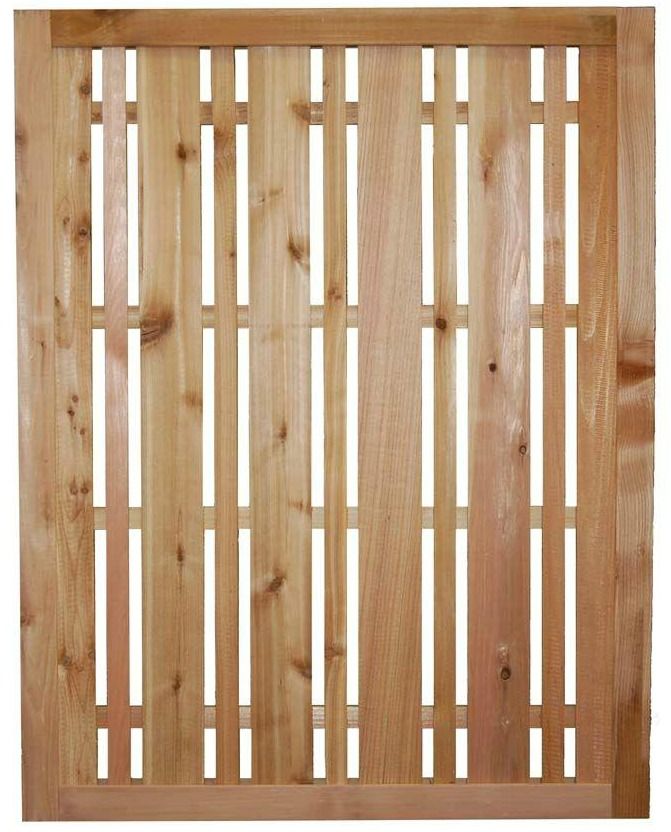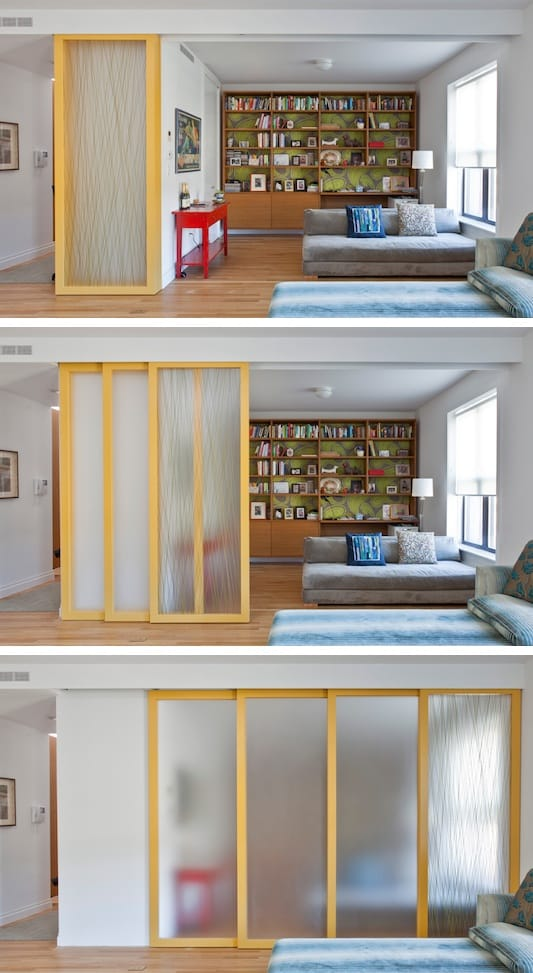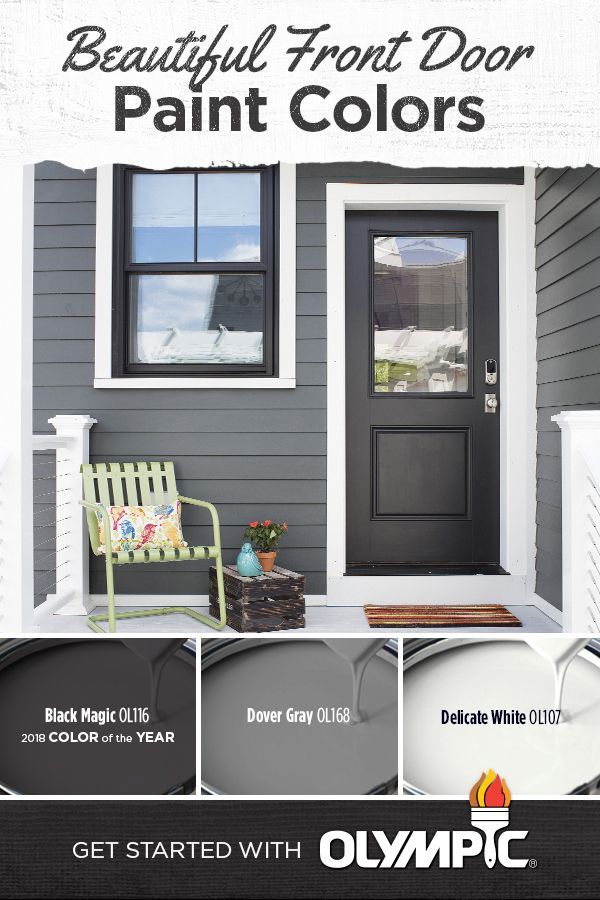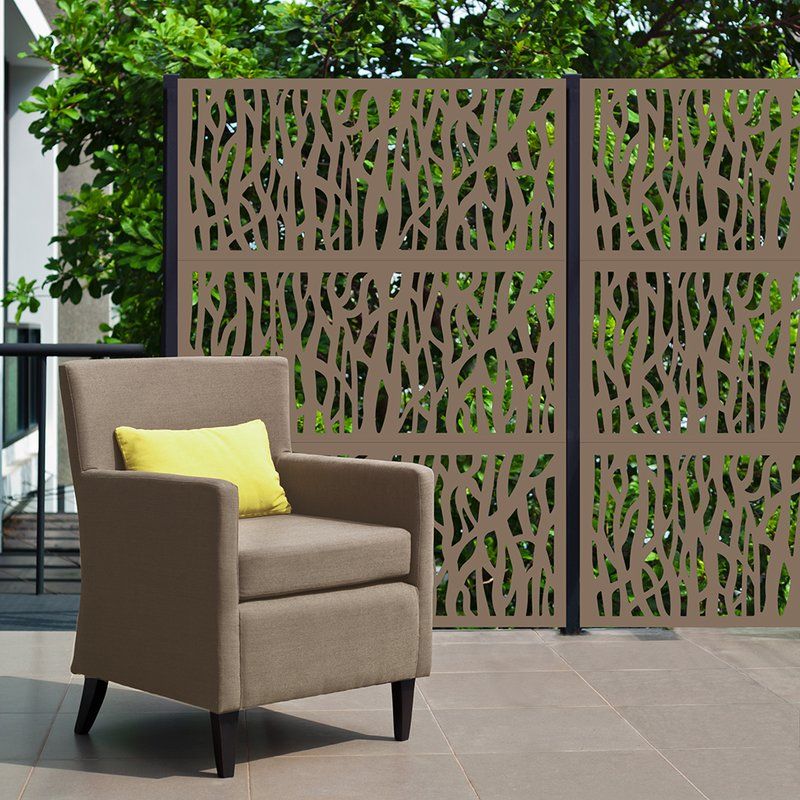How to keep room cool
10 tips to keep you and your house cool this summer
You can keep yourself and your house cool this summer and be kind to the environment at the same time. Here’s how.
For many people, summer means BBQs, beach cricket and dips in the pool.
But there are days when that harsh summer sun isn’t quite so fun and cranking up the air-con at home seems like your only option.
We’ve all been there – those times when you just want to turn your house into a freezer and forget about the energy bill next quarter. But it’s important to remember that high energy use associated with cooling houses in summer contributes to greenhouse gas emissions and global warming.
Check out these 10 tips that will keep you and your house cool, save you money, and help you be kind to the earth:
1. Close your blinds
Keep your blinds closed, especially on north and west-facing windows, to significantly cool your home. Better yet, invest in some block-out curtains to shield your home from that harsh summer sun.
2. Block the heat
Stopping heat getting into your house in the first place means spending less on cooling. Shade windows and walls using external coverings, like blinds, awnings or large potted plants. Plant deciduous trees that cast shade over your home in summer, but still let the sun shine through in winter. If you can, invest in window tinting and top up your ceiling insulation – it’ll help keep the warmth in in winter, too.
3. Just 1oCmoreIf you must use your air-conditioner, set the thermostat to between 24-27oC, or as high as you feel comfortable with. Increasing your thermostat by just 1oC in warm weather can reduce the running cost of your appliance by about 10 per cent.
If you’re looking to upgrade your air-conditioner, pick one with a high energy-star rating and do your research to ensure you choose the right type of air-conditioner for your home.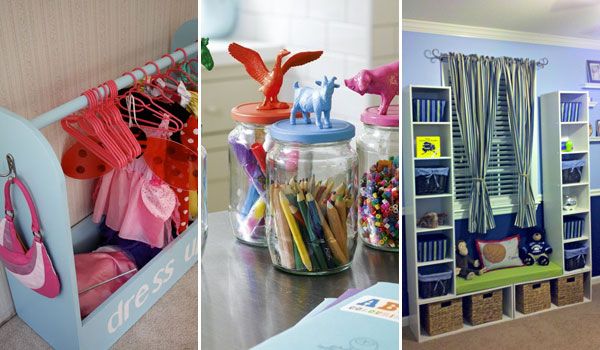
4. Adjust ceiling fans
Sometimes you might feel like ceiling fans just push the hot air around your home rather than cool it down. Well you’re not wrong – fans that aren’t rotating counter-clockwise may be doing just that!
Set your ceiling fans to rotate counter-clockwise in summer to push air straight down helping to create a cooling effect and clockwise in winter to pull cool air up. In warmer weather, set the fan speed high and in cooler weather it works best on low. Ceiling fans can also be used complement other cooling types, so checking they rotate in the correct direction can make a world of difference to the temperature of your home.
5. Close doors and seal gaps
Close doors to rooms you aren’t using to keep cool air where you need it most. Seal gaps around doors and windows, and use draught excluders to ensure the cool air can’t escape.
Note: evaporative air-conditioners will be more effective if you open some doors and windows to increase air flow through the home.![]()
6. Hang out in the evening
Closing your windows and staying inside may be a great idea during the day, but when it gets cooler in the evening you may want to open your house up to cool your home naturally – just make sure you lock up overnight!
Cooking dinner in the backyard or at the park may be a cooler alternative to being in a steamy kitchen too, so make the most of a cool breeze when you can.
7. Chill out, not chill on
Sip icy-cold drinks, apply a damp cloth to your neck and other pressure points on your body, or have a cold shower to cool your body without needing to switch the air-conditioner on.
8. Hack a fan
No air-con? No worries! A cleverly-positioned bowl of ice is all you need to turn a fan into a cold mist machine. Place a shallow bowl or pan of ice in front of a fan for an icy-cool breeze that won’t break the bank.
9. Choose cotton
Cotton fabrics are super breathable and help cool your body. Wear light, loose clothing made of breathable fabrics like cotton, and fit your bed with cotton sheets.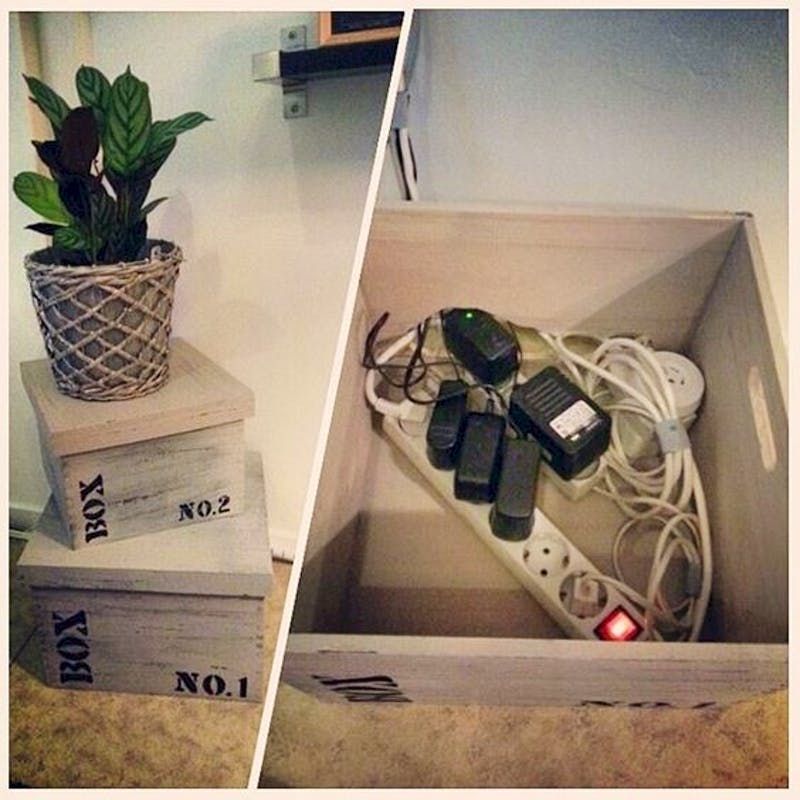
10. Change your lightbulbs
If you’re having trouble cooling your home and can’t work out why, incandescent lightbulbs might be to blame. These lightbulbs were phased out in Australia years ago, but many homes still use them. They produce a lot of heat, so switching to energy-saving bulbs can help cool your home and save heaps on energy costs – that’s a win-win!
Want to know more? Check out thesetips for using and saving energyon your home cooling or download the freeEnergy Smart Saver book.There’s plenty of other ways that you canplay your part in tackling global warming too – check outour blogfor more information.
This story was originally posted in January 2018
12 Best Tips for Cooling a Small Room Without an AC [2022]
Heat is hard on us. It makes it difficult to work, decreases our productivity, and even sleep doesn't bring relief. And if you live or work in a small room that warms up much quicker and where air circulation is significantly worse than in large spaces, the hot season becomes a real challenge to survive. Read also: Hot Weather Safety Tips
Read also: Hot Weather Safety Tips
So, what are the best ways of fighting the heat and cooling a small room? Let's find out the tried and tested ways to cool down a room without AC.
12 Tips to Overcome the Heat without A/C in Tight Spaces
- Close the Curtains During the Day, and Use Dark Ones
- Open Windows and Interior Doors at Night
- Place Ice or Cool Water in Front of a Fan
- Adjust Your Ceiling Fan According to the Season
- Sleep Low
- Let the Night Air in
- Upgrade All of Your Incandescent, Fluorescent, and Other Light Bulbs to LED
- Buy a Cooling Mattress, Pillows, and Sheets
- Use the Egyptian Method
- Drink More Cool Water
- Take a Cool or Contrast Shower
- Cool Off Your Pulse Points
Why Not Just Buy an AC?
- Consider Your Electricity Tariff
- What About Environment Impact?
- Your Personal Health Care
Any Alternatives to AC and Fans?
Purchase Evapolar for Better Summers Ahead!
12 Tips to Overcome the Heat in the Room without AC
12 tips to cool down small room without A/CClose the Curtains During the Day, and Use Dark Ones
You might be wondering why you have to close the curtains when you’re trying to cool your room down.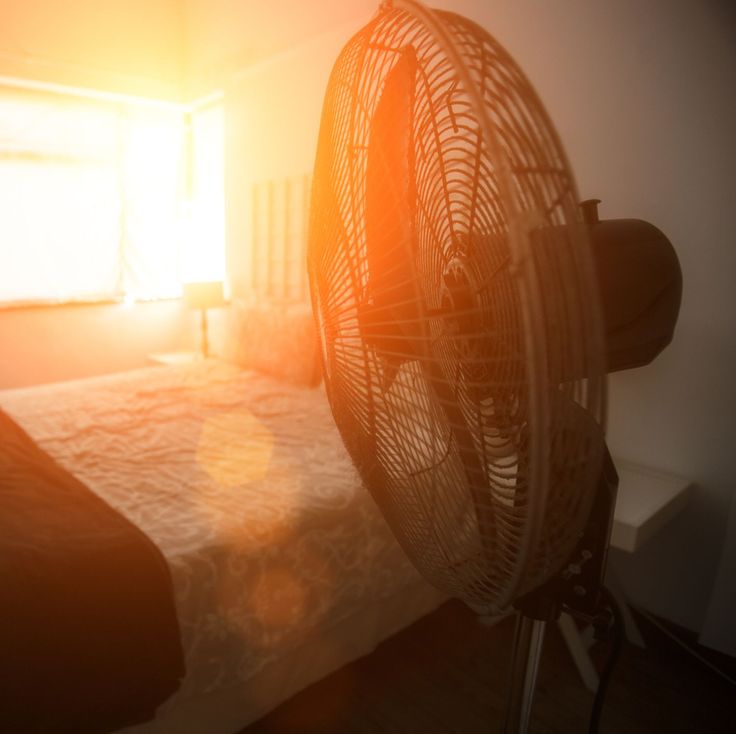 During the summer, leaving your curtains open will mean giving the sun access to your room. Thus, it’s important to leave the curtains or blinds closed during the day to block the sun. This will help you cool down your room without AC.
During the summer, leaving your curtains open will mean giving the sun access to your room. Thus, it’s important to leave the curtains or blinds closed during the day to block the sun. This will help you cool down your room without AC.
If your window catches a lot of direct sunlight, using dark or blackout curtains will prevent the rays from overheating your room during the hours when the sun is most active. Otherwise, your room might turn into an impromptu greenhouse.
Read Also: The Best Portable Air Cooler in 2022
Open Windows and Interior Doors at Night
Apart from closing the curtains during the day, you can open it at night. At night, the sun is gone and you can enjoy the cool night breeze, but not if the curtains are closed. So, you should always open the windows and interior doors in your home at night. By opening the windows, you can also create a cross breeze that will fill your room with cool air.
There’s a benefit to closing off the doors connecting your kitchen to the rest of the house during the day, since the hot air from cooking a meal will carry throughout your home.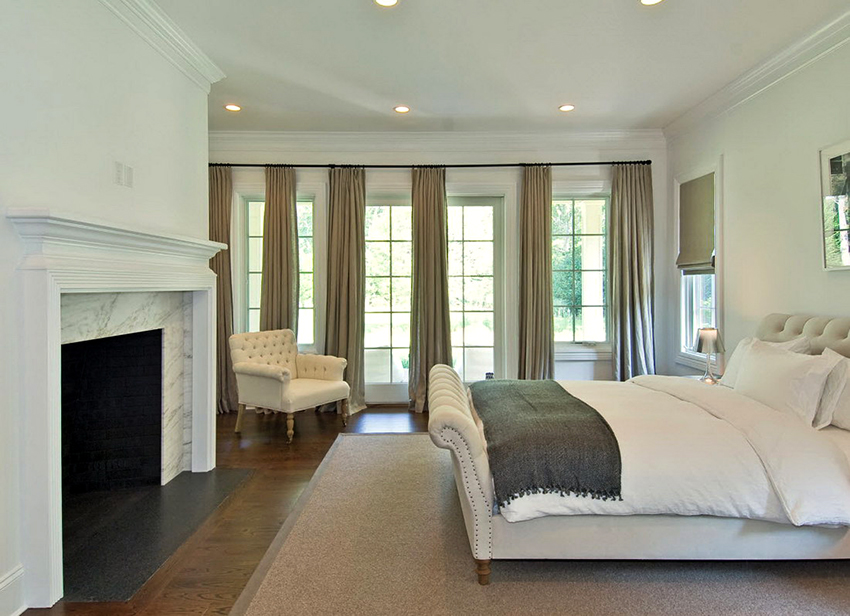 You should also open the door or window connecting the kitchen to the outside to get rid of the hot air. You can open the doors and windows at night to allow the cooler air to flow freely from room to room.
You should also open the door or window connecting the kitchen to the outside to get rid of the hot air. You can open the doors and windows at night to allow the cooler air to flow freely from room to room.
Place Ice or Cool Water in Front of a Fan
Another helpful tip is to put cold water or ice in front of the fan while it’s on. This will cause the fan to blow the coolness of the water or ice around, thus making your room cooler. It’s best to close the door and windows when you do this, to keep the air trapped inside.
The idea is that ice generates cold air around it, and the fan will blow this air around. This is an ideal alternative to an air conditioner. Just maybe don’t sit right in front of the stream so it doesn't irritate your eyes. Read also: 10 Best Gadgets for Couples with Different Body Temperatures
Adjust Your Ceiling Fan According to the Season
You can also change the settings of your ceiling fan according to the season. Did you know ceiling fans have two modes? Depending on the way the blades turn, they can either create a breeze or force the warm air down (hot air always travels up).
So, you can make it create a breeze during the summer and force warm air down during the winter. It should spin counter-clockwise during the summer and clockwise during winter. Make sure you have the right setting on so you’re cooling a room instead of warming it up.
For your bathroom and especially your kitchen, which releases a lot of heat, you can use an exhaust fan. The fan will pull the steam out of the room while you cook, so it’s a good way to cool down a room.
Sleep Low
Due to the principle of warm air rising, the air at your feet is less hot than at the ceiling. You can disassemble your bed and put the mattress on the floor or try a night without a mattress, if you don’t mind hard surfaces, and see if it makes a difference.
During hotter days, you can also sleep on the floor if your ground is made up of tiles. This is a good way to beat the heat. Tiles usually feel cool and will make sleeping more comfortable, again if you can manage with hard surfaces.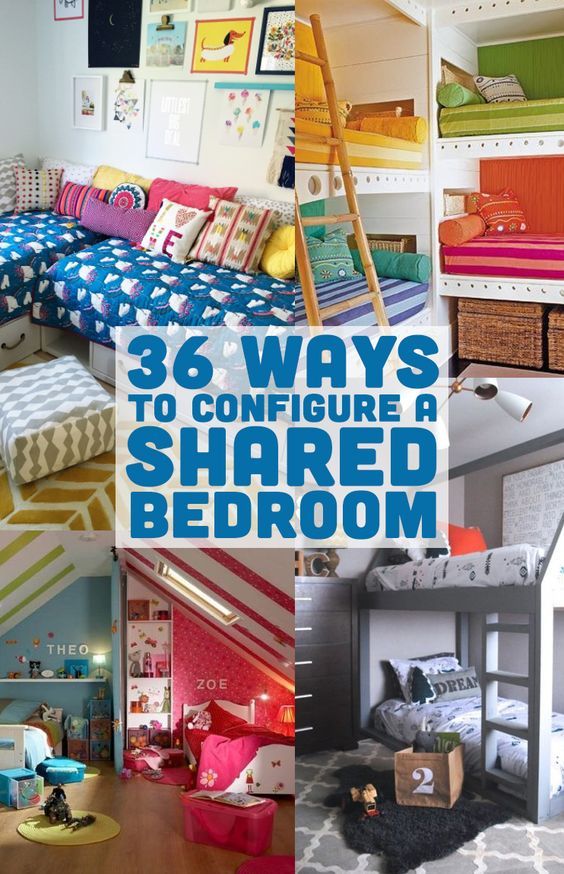
Let the Night Air in
There’s nothing more natural and cool than night air. You can take advantage of the night air and open the windows or a door. If it’s raining, you can open the windows enough to let the cool air in but not to let the rain in. The air will make your room colder during the rainy season.
Open your window as soon as the temperature outside drops. In fact, open all the windows in your home to cool it down during the night and allow for a cross breeze, and close them the next morning when the air heats back up again.
Read also: 6 Best Advice for How to Stay Cool at Night
Upgrade All of Your Incandescent, Fluorescent, and Other Light Bulbs to LED
All electronic equipment emanates heat, including light bulbs. With these lights on, it might be hard to keep a room cool during the day. This contributes to the temperature of your room. LED lights, on the other hand, stay cool. As a bonus, they are more energy-efficient, so you’ll save on your utility bills.
If you can’t change all your light bulbs, for now you can keep your lights off and use the natural daylight around your home. This will go a long way to keep you cool. Then, you can turn the lights on at night. This will also reduce the amount of energy you consume.
Buy a Cooling Mattress, Pillows, and Sheets
Mattress technology has been developed to help you stay cool at night. Whether they have moisture-wicking covers or breathable foam cores, there are many varieties of cooling mattresses to get you through summer sweat-free.
Apart from mattresses, you can also go for cooling sheets and pillows for a more comfortable time. Even if you’re not laying on the bed, you can use the sheets to cover up when on the couch to stay cool. If you can’t afford cooling mattresses, pillows, and sheets, you can use cotton sheets on your bed and make sure you use nothing else. Cotton is more breathable than other materials, so it will make your nights feel cooler.
Use the Egyptian Method
It’s a method where you use a damp sheet as a cover to stay cool — basically a DIY swamp cooler. If you try it, set your fan on low, since cooling down your muscles too much might make you feel uncomfortable.
If you try it, set your fan on low, since cooling down your muscles too much might make you feel uncomfortable.
When creating the wet sheet, don’t add too much water to the sheet or else it will be soaked, and you might catch a cold while trying to stay cool.
Drink More Cool Water
Our bodies are mostly made of water, so staying hydrated is a sure way to stay healthy and comfortable. If you’re dehydrated or drinking warm water, you will feel more affected by the heat.
Chilled water (not iced) can also help cool down your body from the inside, providing relief. To make it work better, you can drink a lot of water before you go to bed to keep you cool and hydrated.
Take a Cool or Contrast Shower
Taking contrast showers — alternating between hot and cold water during one shower — on the regular can help your body become more adaptable to temperature changes. If contrast showers don’t sound appealing, a lukewarm shower to cool down your body can still help you beat the heat.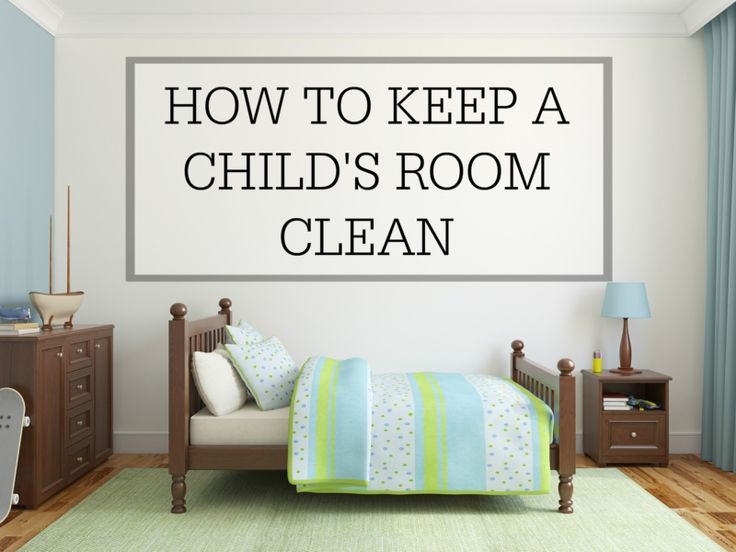
When taking a cold shower, don’t do so when coming right out of a hot environment or high temperature. If you are, you can spend some time cooling off in front of the fan before you enter the shower.
Cool Off Your Pulse Points
If you’re really hot, you could place an ice pack or a cool, wet towel on your pulse points: your wrists, ankles, the crooks of your elbows, and the backs of your knees. Just be sure to cover your skin with a towel to protect it from getting too cold.
By applying something cold to your pulse points, you can cause your body temperature to reduce very quickly and feel cooler. This is an old-school method, but it’s still very effective.
Most of the tips above are for nighttime because you feel hot the most when you’re sleeping. So, apply some of them before you go to bed. Surely we can all agree that these tricks have both pros and cons. On the one hand, spraying a sheet with water and using it to cool yourself down doesn’t cost much. On the other hand, most of them won’t work for a long period of time.
On the other hand, most of them won’t work for a long period of time.
Why Not Just Buy an AC for Cooling a Room?
Why Not Just Buy an AC to Make a Room Colder?For some people it’s obvious — duh, why would I splurge on air conditioning for a tiny room I don’t even own?
Read also: Safe Air Conditioner Alternatives for Cooling a Small Room
Consider Your Electricity Tariff
It’s true: even the cheapest AC unit is costly and will spike your electric bill. Also, so many of us rent that you might simply run into the issue of your landlord not allowing it. Or it may be your tiny office at work we’re talking about, and then the decision is out of your hands.
Or maybe you live in a country where there’s just a couple of decently warm weeks in a year — if you’re lucky — and AC is not common or easily available. You’re not alone! People in many countries don’t use air conditioning in households or offices.
What About Environment Impact?
You might also be avoiding using an AC because of its impact on the environment.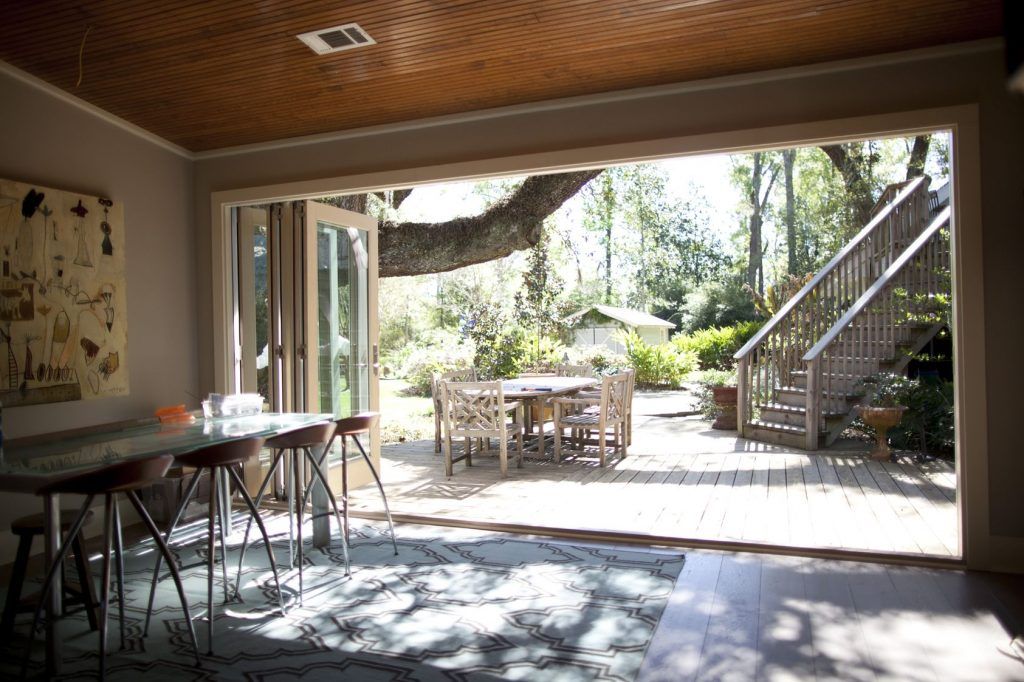 Air conditioners do impact the environment, like any other machine burning fossil fuels, which is why you might be trying to cool your house down the old-school way. Of course, you can purchase an eco-friendly AC, but that sounds quite expensive for a tiny room, doesn’t it?
Air conditioners do impact the environment, like any other machine burning fossil fuels, which is why you might be trying to cool your house down the old-school way. Of course, you can purchase an eco-friendly AC, but that sounds quite expensive for a tiny room, doesn’t it?
Your Personal Health Care
If you dive deeper into what AC units entail, you’ll find plenty of drawbacks. For instance, did you know that having a runny nose all throughout the summer is often caused by air conditioning and the stark difference of temperatures it creates compared to the outdoors? It also dries out the air, which is not good for your health. And if you don’t have the AC filters cleaned regularly, it can aggravate other respiratory problems, such as allergies.
Air conditioners also contribute to noise pollution, as do other electrical appliances. It’s not the loud sounds that cause tinnitus, yet the constant buzzing can affect your mental health.
Any Alternatives?
Any Alternatives to Cool a Room without AC and Fans?So, if installing an AC is out of the question because it’s expensive or you rent your apartment or you’re on the fence while considering the drawbacks, are there any other effective ways to cool down a small space? Ones that won't make you put a bucket of ice near your office chair or sleep under a wet towel?
And what if mosquitoes come in while you open the windows at night or you don’t have enough windows to create a cross breeze? After all, you can’t keep on struggling to keep cool through old-fashioned methods.
The good news is that air conditioning is not the only alternative to using electric fans or DIY-ing other tricks. There is one room cooling solution you can try that won’t affect your health, energy bills, or the environment at the same time.
Even with this, it will still cool yourself or your personal space more cost-effectively than an air conditioner would.
Evapolar is a personal evaporative cooler that is:
- Effective. It can decrease the temperature of your personal space up to 7-10 degrees C (50 F), unlike a fan that simply aids air circulation.
Because of this, even if you turn it off, the room still remains cold for a while because the temperature has been increased, but if you use a fan for sleep, the room goes back to being hot.
- 3-in-1. Evapolar not only cools but also purifies and humidifies the air. It's not a full replacement for purifiers and humidifiers, but it gives more than just cool air, unlike an AC that dries out the air.
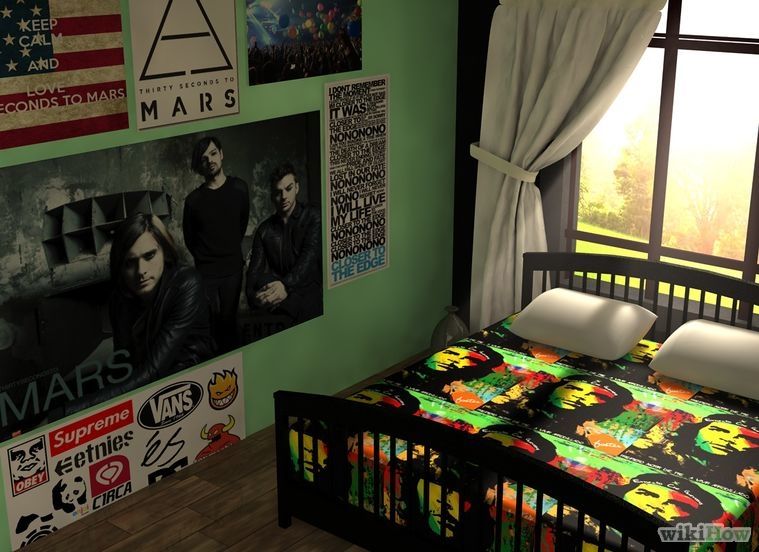
So, you don’t have to worry about having a runny nose or dry skin because of an air conditioner, because Evapolar leaves you with clear and humidified air.
- Eco-friendly. It doesn’t use Freon as AC units do, which is only relatively safe for you and the environment. Instead, it uses non-organic fibers on the filters that don’t allow mold and bacteria to spread.
Even with ACs, if there’s a leak, you can’t smell the chemical, but you will inhale it, which is harmful to your health. If you want to reduce your global footprint and protect your health, and that’s why you’re avoiding using an AC, you can use Evapolar instead.
- Energy-efficient. Unlike an AC, it will not increase your electric bills, because it consumes only 7.5W — approximately 100 times less power than standard split systems. Together with an affordable price, it makes it a great alternative to air conditioners.
From the purchase price to maintenance like cleaning filters, you spend a lot of money on AC apart from electric bills.
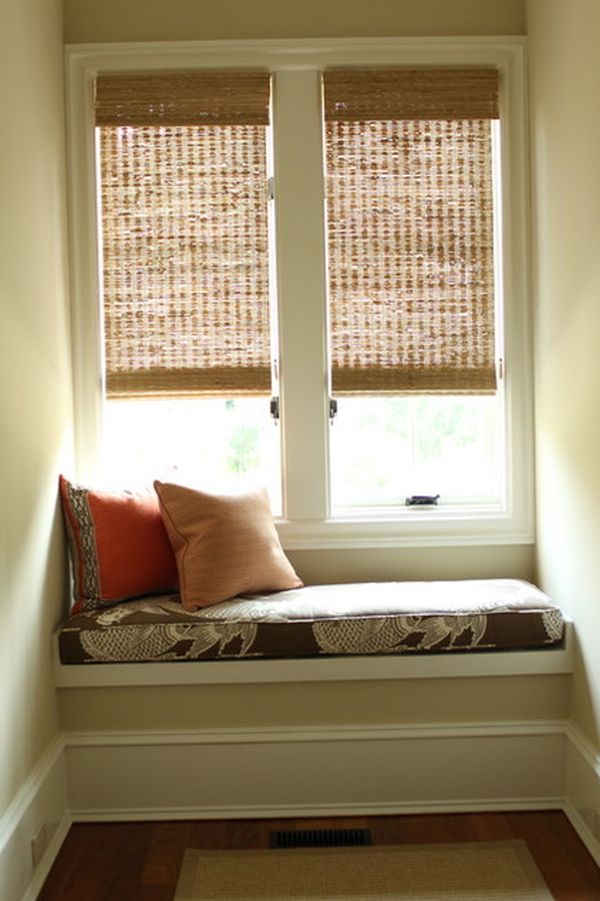 Evapolar is affordable to purchase, run, and maintain, and you don’t have to be worried whenever you get the bill.
Evapolar is affordable to purchase, run, and maintain, and you don’t have to be worried whenever you get the bill.
Also, many people consider Evapolar the best solution for the problem of cooling a room without AC, as it cools a person in a natural way and prevents exhaustion and dehydration.
It solves the problems of affordability, physical and mental health, environmental friendliness, and even dealing with your landlord.
Using an evaporative air cooler is natural and effective in cooling you and your personal space, and it’s ideal for you because of your small space.
Purchase Evapolar for Better Summers Ahead!
There are lots of ways to keep a room cool in summer without ac, from taking advantage of pressure points to opening and closing your windows and doors strategically. Even with this, some methods just don’t work as well as having an AC, especially when the summer heat strikes. It all depends on personal preferences and, of course, one’s budget.
Since you’d prefer living without an AC, we have the ideal solution that works for you. The best solution is to cool down your own self and stay hydrated. Evapolar is a great fit for the job, as it evaporates cool air while humidifying the space. You can protect yourself, your money, and the environment at the same time with Evapolar.
How to keep a house cool without air conditioning
July 11, 2014 Adviсe
In this article, you will find some proven ways to keep cool even if it's really hot outside, and your air conditioner is broken or not available at all.
Summer finally remembered his duties and turned on the sun to the fullest. The streets are melting from the heat, and there is not the slightest breeze in the air that could somehow cool the hot streets of the city. It is especially hard for those who cannot afford to get out into nature, but are forced to spend the summer in our cramped and stuffy stone boxes. And if the room is also not equipped with air conditioning, then the matter is completely a pipe.
And if the room is also not equipped with air conditioning, then the matter is completely a pipe.
However, there are several proven ways to keep cool even in this case. In this article you will find instructions on how to survive in the city even in the most cruel hell.
Keep your blinds or curtains closed
Very simple advice, but in fact up to 30% of your heat comes from your windows. Close the shutters, blinds or blackout curtains and you will immediately feel that it has become much cooler. This is especially true for rooms with windows facing the sunny side.
Switch your ceiling fan to summer mode
Whether you know it or not, ceiling fans usually have two modes of operation: clockwise and counterclockwise. When it works counter-clockwise, the blades rotate faster and create a stronger airflow. The clockwise direction has a slightly lower speed and serves to circulate warm air in winter.
Take care of cooling the person, not the house
Our ancestors lived for thousands of years without any air conditioners and during this time developed many ways to survive in hot weather. We just need to take advantage of this and start cooling our body, and not the room around us. Cold drinks, special loose clothing, water-soaked bandages on the head and wrists are used.
We just need to take advantage of this and start cooling our body, and not the room around us. Cold drinks, special loose clothing, water-soaked bandages on the head and wrists are used.
Turn on the exhaust in the kitchen and bathroom
If you are taking a hot bath or cooking in the kitchen, be sure to turn on the exhausts in these areas. They will help you get rid of steam and hot air, and with it, additional degrees.
Open all windows at night
In the evening the temperature usually drops a little, and in some places the difference between the maximum and minimum temperatures can reach ten degrees. Do not miss the opportunity to take advantage of this and try to accumulate night coolness for the entire first half of the day. To do this, open all the windows in the house with the onset of evening, you can even arrange a kind of wind tunnel with the help of a draft. Just be sure to close everything before sunrise, before the temperature starts to rise.
Turn off unnecessary lamps
If you want to know how much heat one ordinary light bulb generates, then just try it in your hand. To get rid of these heat sources in your apartment, turn off the lights you don't need, but rather switch to modern energy-saving lighting sources that radiate much less heat.
Make a long-term investment
If the heat in your area is a common seasonal phenomenon, but for some reason you are opposed to air conditioning, there are some steps you can take in advance. For example, planting trees in your house that will give you shade, equipping special canopies over the windows, or at least splurge on modern heat-reflecting films that serve to create an effective heat shield for your room.
How to keep the house cool in summer?
Skip to content Hot summer is just around the corner. Even with the onset of spring, the temperature in the house has noticeably changed towards the “+” sign, and for many, unfortunately, this is a problem. Constantly open windows, increased sweating during sleep, frequent change of clothes ... If you understand what we are talking about, it's time to think about how to keep the house cool.
Constantly open windows, increased sweating during sleep, frequent change of clothes ... If you understand what we are talking about, it's time to think about how to keep the house cool.
Of course, the easiest way is to purchase an air conditioner or a fan. But besides this, there are several other ways to protect your home from the heat without increasing your electricity bill!
7 Ways to Keep Your Home Cool Without Air Conditioning
1. Keep the Curtains Closed
As simple as this tip may sound, the fact remains that up to 30 percent of unwanted heat comes from outside sunlight. The use of curtains or blinds can significantly reduce the temperature in the room. Closed curtains will prevent your home from being turned into a miniature greenhouse, which is especially true for windows facing south and west.
Purchase blackout curtains, preferably neutral or white . You can go to section "curtains" to see the collection from our Creative Workshop Linen .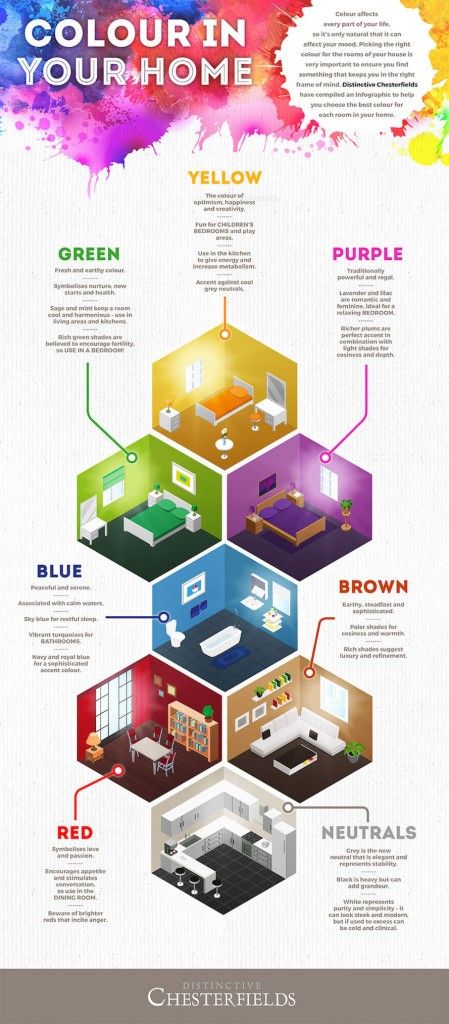 Due to their thermoregulatory properties, linen curtains keep cool well and promote comfortable sleep in hot weather.
Due to their thermoregulatory properties, linen curtains keep cool well and promote comfortable sleep in hot weather.
2. Let the night air in
During the summer months, the temperature at night is much lower than during the day. Try to catch this gap and ventilate the room well. Don't forget to open the windows before going to bed, but don't miss the morning when it gets too hot again.
3. Replace your incandescent bulbs
If you didn't have the motivation to switch to energy-saving fluorescent or LED bulbs before, now is the time! Incandescent lamps use about 90 percent of their energy as heat . By refusing them, you will not only significantly reduce your electricity bill, but also cool your house a little :)
4. Properly ventilate the room
in the bedroom and in the kitchen. Thus, the air will circulate throughout the house.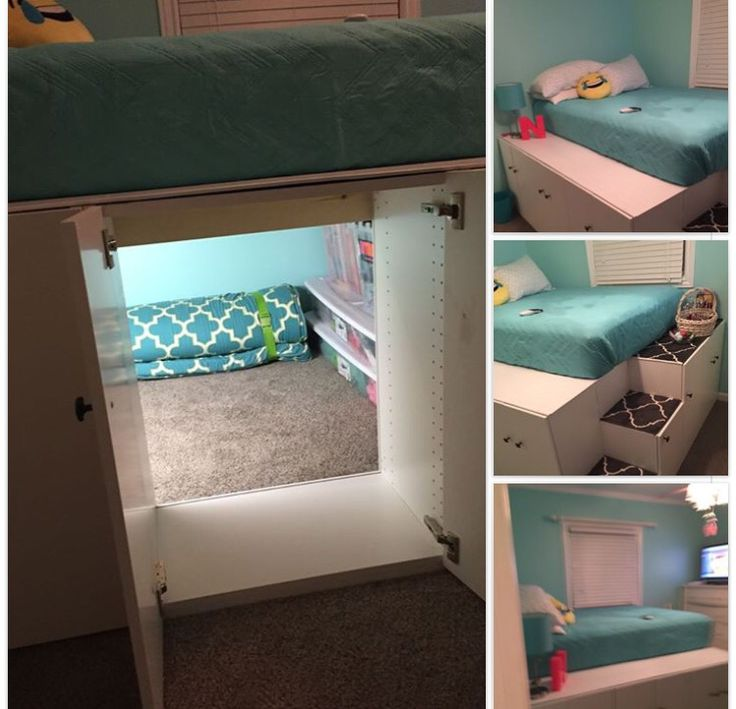 You can also wet the curtains a little, thus creating the illusion of a cold breeze ...
You can also wet the curtains a little, thus creating the illusion of a cold breeze ...
5. Change your bed linen
Changing bed linen not only refreshes the room, but also cools it down! While flannel sheets and fleece blankets are good for keeping warm, cotton or linen bed sheets are a smarter choice during the hot season.
Buy a buckwheat pillow as an "extra bonus". Due to the fact that the buckwheat husk has a natural air space inside, the pillow will not accumulate heat, especially if it is stuffed into a pillowcase made of natural fabric.
6. Grill Dinner
Outdoor grilling can brighten up the hot days of home owners. Using the oven or stove in the summer brings extra warmth into the home. When the room is already feeling 30 degrees warm, the last thing you want to do is turn on the oven at 250 degrees. Agree, it is much more pleasant to gather the whole family in the fresh air and spend a memorable summer evening!
7.


